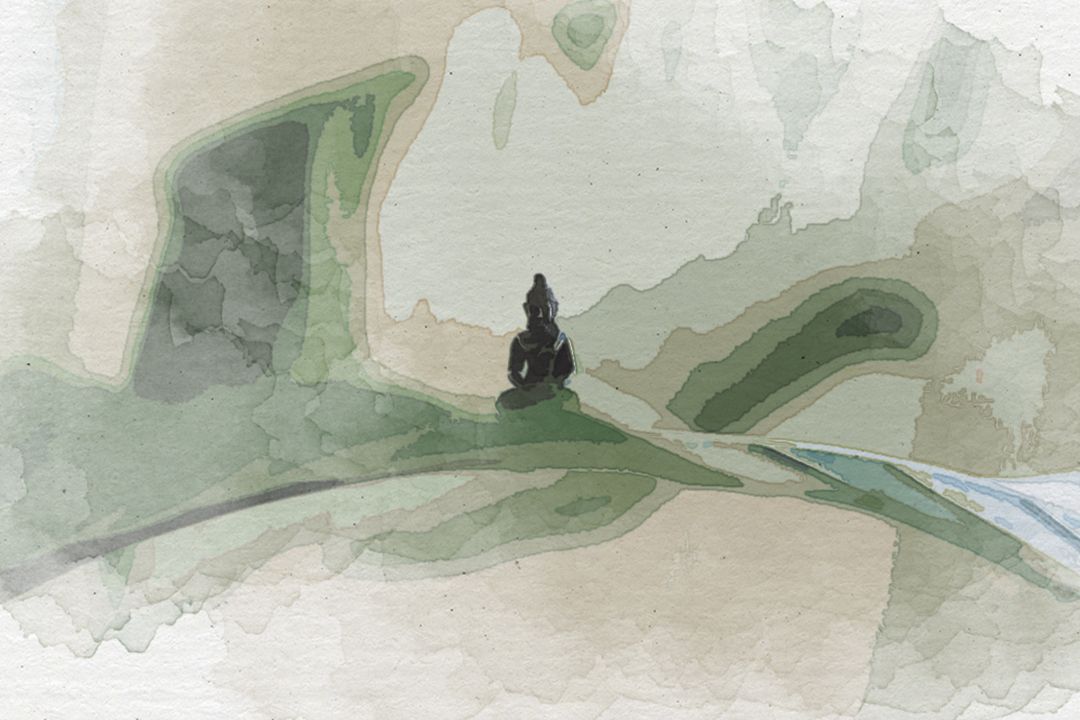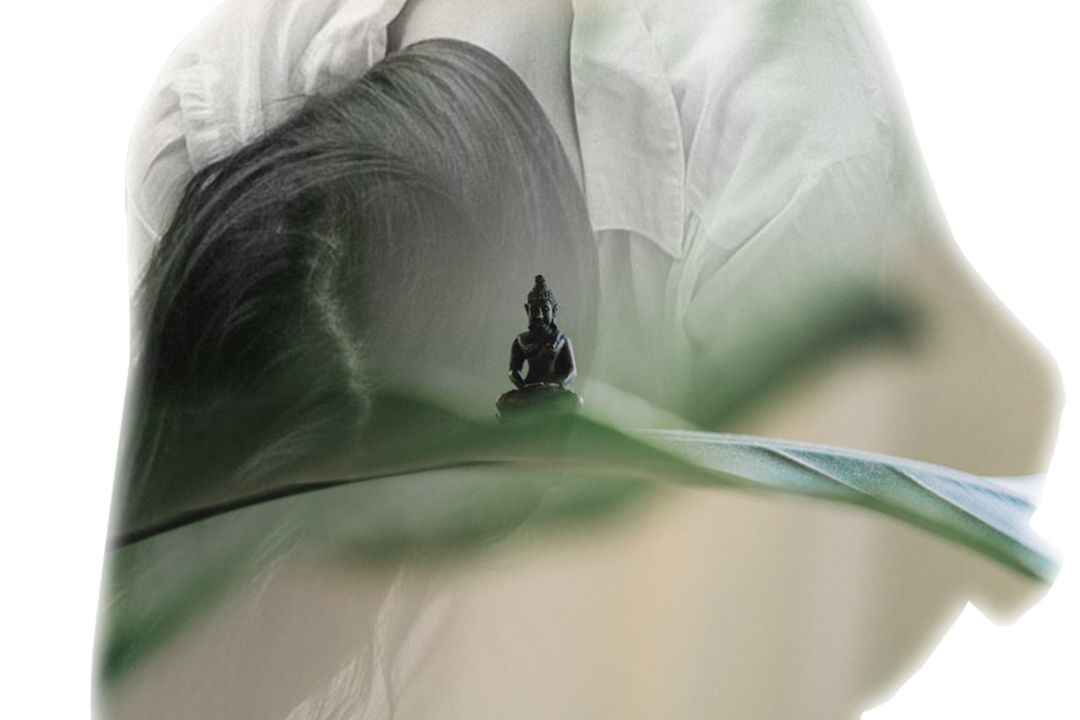Subconscious Consciousness

Leave it Alone
In the tranquil outskirts of a quaint village nestled between undulating hills and babbling brooks, a venerable statue of the Buddha stood as a sentinel of serenity. Its enduring presence spoke to the clarity of mind, a timeless symbol that transcended the mundane and embraced the profound. The villagers, steeped in tradition and simplicity, found solace in the subtle beauty of the enlightened figure that graced their hamlet.
One ordinary morning, as the sun cast its gentle rays upon the village, a subtle change in the atmosphere surrounding the Buddha caught the collective eye of the villagers. The once crystal-clear image of the Buddha began to blur, leaving the onlookers both intrigued and bewildered. The village elders, steeped in the wisdom of ages, chose the path of patience and acceptance, trusting that the natural order of things would reveal its purpose in due time.
I am accustomed to sleep and in my dreams to imagine the same things that lunatics imagine when awake.
— René Descartes (1596-1650)
Days turned into weeks, and the blurriness persisted, shrouding the Buddha in an air of mystique. Once a bastion of simplicity, the village now found itself entwined in a subtle dance with the enigmatic forces that shaped the evolving scene. Amidst the uncertainty, a wise old woman named Mei emerged as a beacon of understanding, her years of observation and introspection guiding her toward the essence of the unfolding narrative.
Mei, with her penchant for interpreting the world through the lens of subconscious consciousness, spent her days in quiet contemplation. In a dream bordering on the ethereal, she envisioned the Buddha expanding its presence to encompass the pristine nature that cradled it and the intricate tapestry of human relationships. The following day, as the villagers gathered at the square, the blur intensified, revealing a new scene that spoke to the very heart of Mei's vision.
In the foreground of the evolving canvas, a mother and daughter stood, locked in an embrace that radiated with nurture and sustenance. Their figures seamlessly blended with the enigmatic blur surrounding them, creating a tableau that seemed to encapsulate the essence of life itself. The village square buzzed with whispers of interpretation, and Mei, embodying the spirit of autodidactic and self-ruling understanding, stepped forward to share her insights.
"The progression before us," Mei began, carrying the weight of wisdom, "speaks to the interconnectedness of our subconscious and conscious worlds. It is a dance between the known and the unknown, a tapestry where clarity intertwines with mystery." Her eyes, gleaming with the depth of her understanding, held the villagers' attention.
As Mei unfolded her interpretation, the villagers, initially hesitant and perplexed, began to resonate with the wisdom embedded in her words. The evolving scene became a source of inspiration, prompting each individual to embark on a journey of introspection and self-discovery. The once-clear image of the Buddha had transformed into a living canvas, a testament to the ever-changing nature of existence.
The village square transformed into a vibrant hub of discussion and contemplation in the following days. The evolving imagery, once a source of confusion, catalyzed the exploration of profound truths. Mei, now a revered figure in the village, guided her fellow villagers with a gentle yet firm hand, encouraging them to embrace the beauty inherent in the unpredictable nature of life.
The competition for understanding and interpretation reached a climax as the village collectively delved into the depths of the evolving scene. Mei's words, "Loneliness is an orphan form, but within the embrace of nature and human connections, we find the true essence of enlightenment," resonated through the hearts and minds of the villagers.
As the villagers internalized Mei's teachings, the village thrived with newfound wisdom. The evolving imagery, once a source of bewilderment, now served as a poignant reminder that life's mysteries were not meant to be unravelled but embraced. The Buddha, now a symbol of profound interconnectedness, stood as a timeless testament to the village's journey toward enlightenment.
Autobiography begins with a sense of being alone. It is an orphan form.
— John Berger's (1926-2017)
The seasons changed, and the village, once a haven of simplicity, now flourished with a profound understanding of the intricate dance between the known and the unknown. The blurriness initially perplexing the villagers became a cherished aspect of their existence, a reminder that life, like the evolving scene before them, was a canvas waiting to be painted with the brushstrokes of experience and introspection.
And so, in the quiet outskirts of the village, where undulating hills and babbling brooks bore witness to the passage of time, the Buddha stood as a silent guardian of the villagers' collective journey. The evolving scene, once a mystery, had become a living testament to the beauty of leaving well enough alone, a lesson learned through the gentle guidance of Mei and the shared wisdom of a community that had embraced the ever-changing nature of existence.

The planksip Writers' Cooperative is proud to sponsor an exciting article rewriting competition where you can win over $750,000 in prize money.
Figures of Speech Collection Personified
Our editorial instructions for your contest submission are simple: incorporate the quotes and imagery from the above article into your submission.
What emerges is entirely up to you!
Winners receive $500 per winning entry multiplied by the article's featured quotes. Our largest prize is $8,000 for rewriting the following article;

At planksip, we believe in changing the way people engage; at least, that's the Idea (ἰδέα). By becoming a member of our thought-provoking community, you'll have the chance to win incredible prizes and access our extensive network of media outlets that will amplify your voice as a thought leader. Your membership truly matters!


